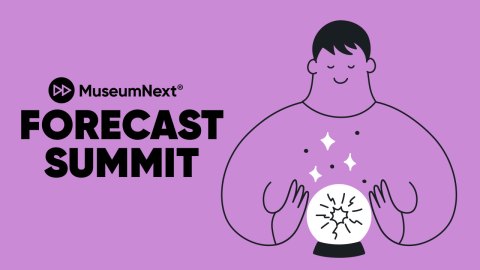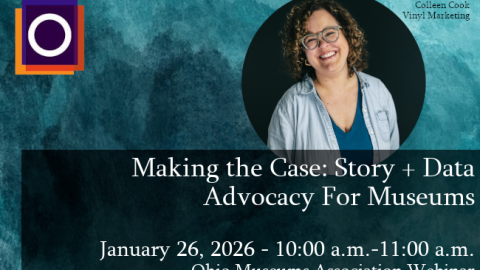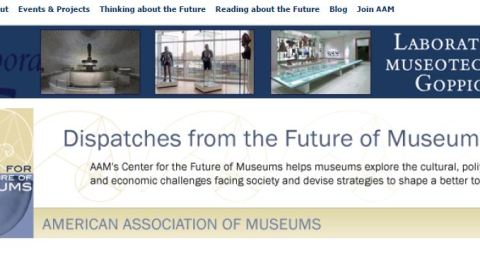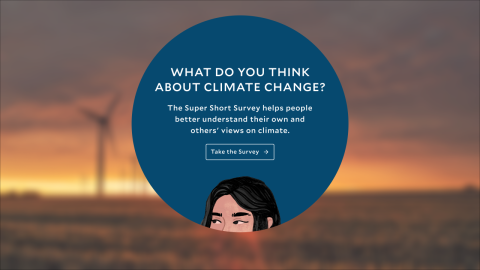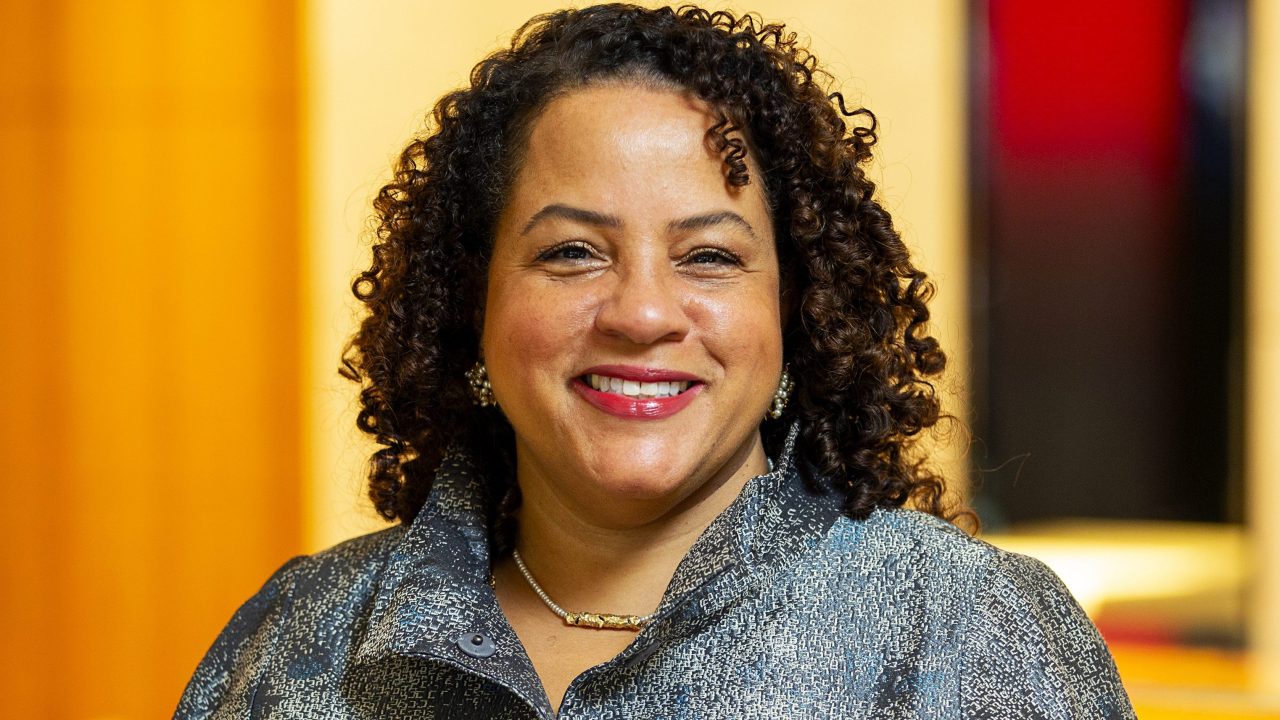
This article originally appeared in Museum magazine’s January/February 2025 issue, a benefit of AAM membership.
Picture this: your museum is blessed with such high attendance that the line of people purchasing tickets snakes out the door and around the block. So you embark on an ambitious capital project to build a huge entry hall where they can queue behind a series of staffed booths while protected from the elements. But suddenly, 30 years later, much of the population has something called a “smartphone,” and museums have begun to plaster their walls with something called “QR codes.” In time, these new technologies mean most people prefer to purchase tickets at the click of a button, given the option. Your grand investment begins to sit empty all day, a ghostly reminder of its past glory. Meanwhile, your collections storage and exhibition space are straining at the seams.
Or this: a funder approaches you with a generous offer to help you digitize all of your collections—even the 90 percent in storage—to make them accessible to users around the world. You accept and begin to invest thousands of hours of staff time into scanning and photographing objects and transcribing documents and labels. But 10 years later, the platform’s metrics show that only a small pool of users has accessed a small portion of these records. You’re realizing you need a strategy to draw attention to them, and that you’ll need significant software and hardware upgrades to keep them readable and useful over the long term. But now you’re struggling to come up with the funding for either.
These kinds of dilemmas are exactly what led AAM to found the Center for the Future of Museums (CFM) in 2009. Witnessing the challenges museums were experiencing, staff and leadership decided our field needed to rethink planning, expanding the time frame we envision to encompass the changing world. My colleague Elizabeth Merritt became CFM’s Founding Director, beginning a new career as an evangelist for the discipline of strategic foresight. Strategic foresight encourages us to look on the margins of the present for clues about what may become focal points of the future. It prompts us to take heed of emerging social, technological, economic, environmental, and political changes so we can devote our resources to building systems that will work for tomorrow, not just today.
To help you in this task, CFM publishes TrendsWatch, AAM’s annual foresight report. Every year, the team collects “signals of change” from news articles, conference proposals, and accreditation reviews, distilling them into a set of breakout trends and analyses of how museums might face them. You’re currently reading this year’s edition, which for the third time we’re publishing as a special issue of Museum. The insights within these pages are as incisive as ever, touching on salient issues in our work today, like DEI backlash, changes in volunteerism, and digital vulnerabilities.
I hope my fellow museum people will read on with interest, making use of TrendsWatch’s frameworks and suggestions to build the plans that will pay off in 2055—not just 2025.
11/20/2024

